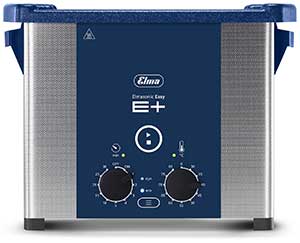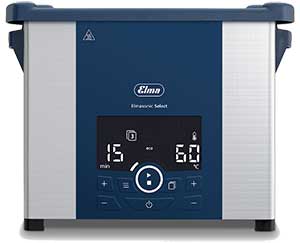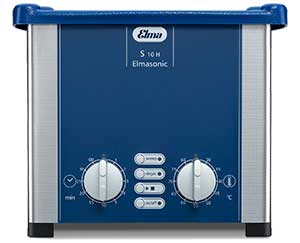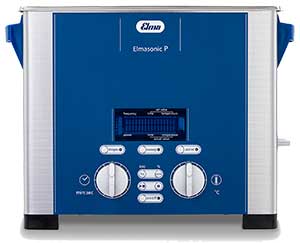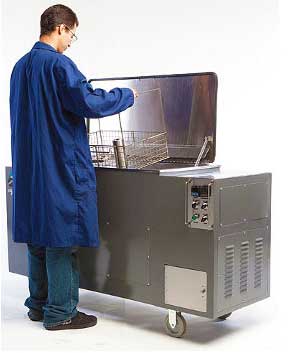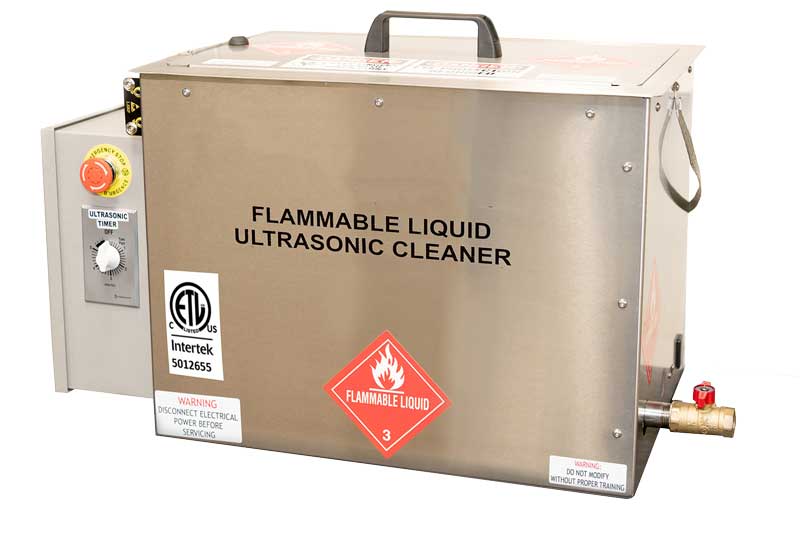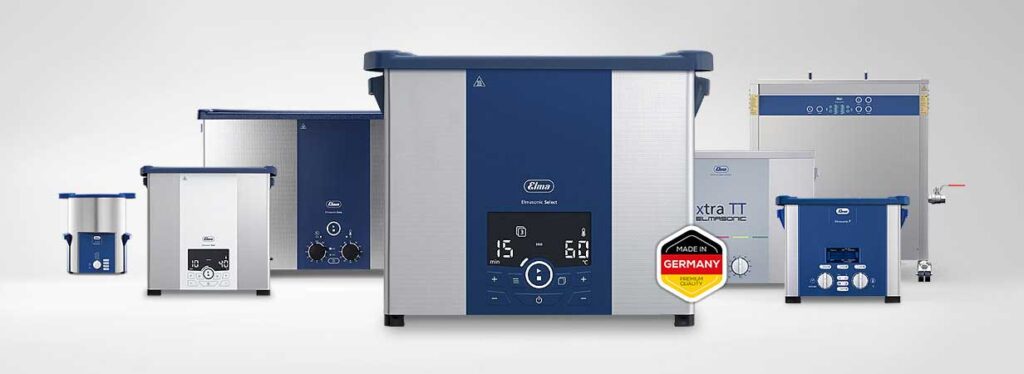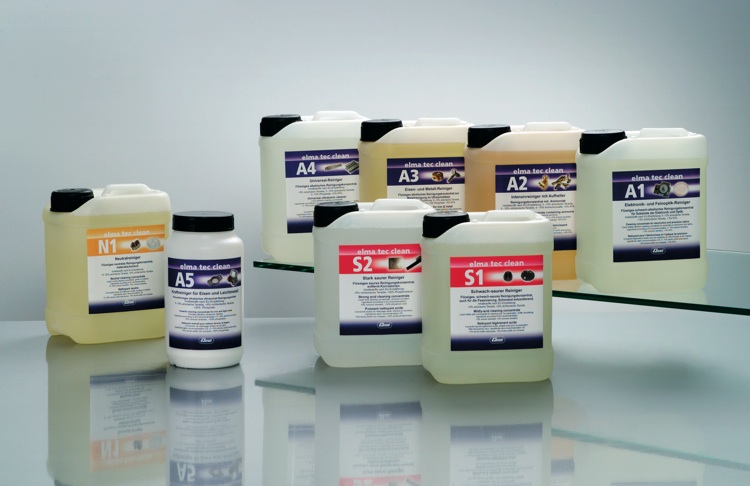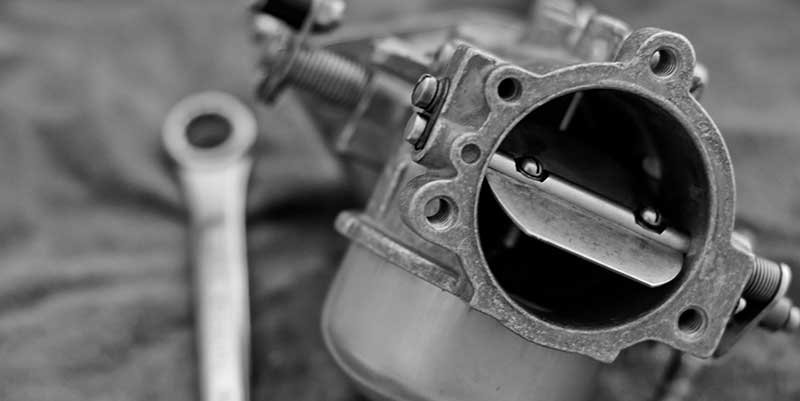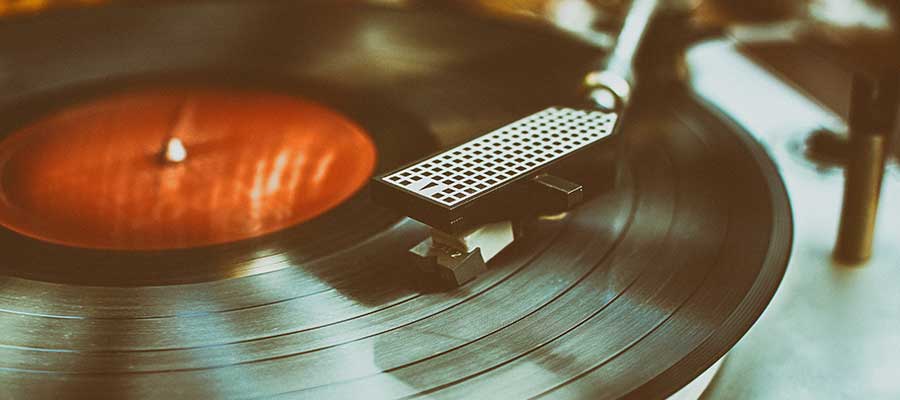Ultrasonic Cleaners from Tovatech
GREAT PRICES and EVEN BETTER Customer Service
- German design & engineering
- Full line of benchtop and floor mount ultrasonic cleaners
- Expert PhD advice available
- More than 4,500 happy customers nationwide
- Products in stock in TX, USA for fast delivery
- 2-year product warranty & technical after-sale service
|
Get Expert Advice on Ultrasonic Cleaners |
|
Our PhD support staff are experts at finding the perfect cleaner for your needs and budget. It takes less than 5 min! (973) 913-9734or |
Our benchtop ultrasonic cleaners provide flexibility and convenience without sacrificing power. They come in a variety of sizes and feature options for commercial cleaning requirements for smaller objects.
Our Best Selling Benchtop Ultrasonic Cleaners
Elmasonic Select
Programmable Cleaning & Mixing
Key Features
- 5 Modes for thorough, rapid cleaning, mixing, degassing
- Timer 1 min to 6 hours; Heater to 80°C
- Stores up to 4 programs: time, temp, ultrasonic mode
- Extra-large digital display; signals when run is complete
- 11 tank sizes from 0.75 to 24 gal
Our strong industrial ultrasonic cleaners come in a variety of volumes and feature sets best for cleaning larger objects or large quantity of smaller objects for longer periods of time.
Our Top Selling Industrial Ultrasonic Cleaners
SHIRACLEAN
Includes Filtration to Prolong Solution Lifetime
Key Features
- Weir and spray bar to remove oils
- 40 kHz with Sweep
- Timer, heater, drain
- 5 large ultrasonic cleaner tanks sizes from 25-110 gallons
- On casters for portability
SOLXP
Clean Parts in Low Flash Point Solvent (e.g. IPA, acetone)
Key Features
- ETL listed product
- Optional air driven pump and purification system reduce handling and improve product quality. For continuous solvent purification
- Optional cooling coils to reduce solvent loss and further control odor
- 10-year warranty on ultrasonic transducers
Learn what to consider when selecting an industrial ultrasonic cleaner
Ultrasonic Cleaning Blogs
Ultrasonic Cleaners: Your Ultimate Machine for Powerful Commercial Cleaning
Ultrasonic cleaners are revolutionizing cleaning processes across homes and businesses. They offer a highly effective and efficient way to clean virtually anything that can be immersed in a solution. At Tovatech, we offer a range of ultrasonic cleaners designed to save you time and deliver exceptional results in commercial, industrial, and laboratory operations. Cleaners come in a range of sizes from benchtop cleaners for smaller items to large floor-mounted ultrasonic cleaners for large part cleaning needs. Discover how an ultrasonic cleaner can benefit you.
What are Ultrasonic Cleaners and How Do They Work?
Ultrasonic cleaners utilize the power of cavitation – the formation and implosion of microscopic bubbles in a liquid – to gently yet powerfully remove contaminants. This process is far superior to traditional cleaning methods like scrubbing, high-pressure sprays, or solvent baths, as it reaches into even the smallest cracks and crevices. Learn more about how ultrasonic cleaners work.
Benefits of Using an Ultrasonic Cleaner
- Thorough Cleaning: Cavitation ensures every surface, even hard-to-reach areas, is thoroughly cleaned.
- Gentle on Delicate Items: Unlike abrasive cleaning methods, ultrasonic cleaning is safe for delicate items.
- Time-Saving: Ultrasonic cleaners significantly reduce cleaning time compared to manual methods.
- Versatile Applications: From industrial parts to delicate jewelry, ultrasonic cleaners are incredibly versatile.
- Environmentally Friendly: Many ultrasonic cleaning processes utilize biodegradable solutions.
Ultrasonic Cleaner Applications: Where Can They Help You?
Ultrasonic cleaners are used across a wide range of industries and applications:
Industrial Cleaning:
- Machining and Metal Fabrication: Remove iron particles and contaminants from stainless steel components, preparing them for passivation.
- Precision Parts Cleaning: Clean finely machined parts without damage from grinding dust, metal shavings, lubricants, and coolants.
- Heavy Parts Degreasing: Effectively degrease engines and complex machinery components, reaching areas inaccessible to other methods.
- PCB Cleaning: Efficiently remove soldering flux and residues from new and reconditioned PCBs, protecting delicate assemblies.
- Jet Engine Maintenance: Restore jet engine fuel nozzle assemblies to like-new condition without risking damage.
- Stainless Steel Filter Cleaning: Clean new and reconditioned stainless steel filters, taking necessary precautions with flammable solvents and explosion-proof ultrasonic cleaners.
Commercial Cleaning:
- Dental Clinics: Clean dental instruments before sterilization, removing blood, tissue, and organic residues. Also ideal for cleaning molds, implant hybrid prosthesis, and removing plaster and cement from bridgework.
- Jewelry Manufacturing and Repair: Remove jewelry polishing compounds and dirt from all surfaces, including those difficult to reach manually.
- Auto Repair and HVAC: Remove mineral deposits and contaminants from radiators, condenser coils, and heat exchangers.
- Laboratory Equipment Cleaning: Thoroughly clean glass, porcelain, ceramic, plastic, and metal laboratory equipment, minimizing breakage.
Home Use:
- Jewelry Cleaning: Safely and effectively clean your precious jewelry at home.
- Eyeglass Cleaning: Remove dirt and grime from eyeglasses, including hard-to-reach areas.
- Small Parts Cleaning: Clean intricate items like watch parts, coins, and other collectibles.
Choosing the Right Ultrasonic Cleaner
We offer a variety of ultrasonic cleaners to meet your specific needs. Call or chat with us today for expert advice on selecting the perfect ultrasonic cleaner for your application.

